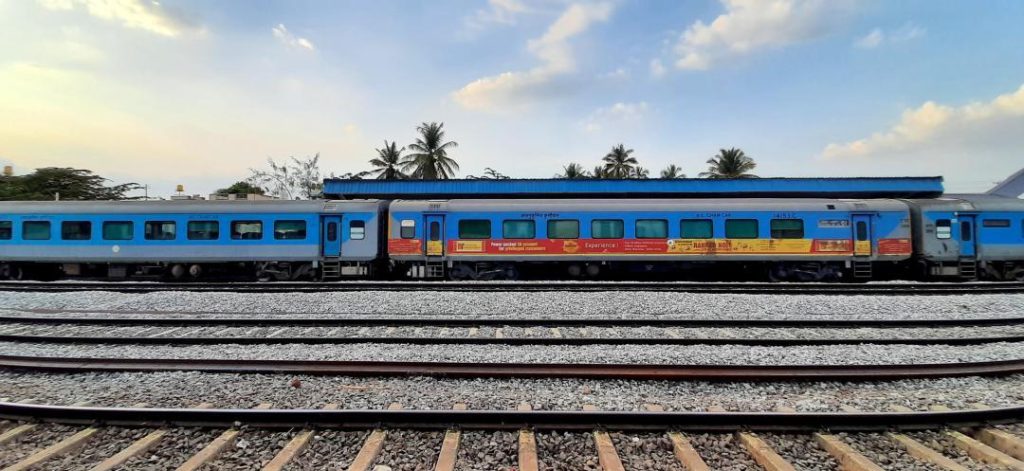
Efficient Train Scheduling via Dailyzing: How Research is Optimizing Indian Railways
Indian Railways, one of the busiest and most extensive rail networks in the world, is known for its complex and intricate scheduling system. With thousands of trains running on a daily basis, the task of managing and coordinating the movement of these trains is a daunting one. However, a team of researchers from IIT Bombay has come up with an innovative solution to optimize train scheduling: “dailyzing”.
Dailyzing is a novel approach that uses Hierarchical Agglomerative Clustering (HAC) to cluster non-daily trains. This concept is revolutionary in the sense that it treats sporadic trains as “daily” trains, allowing planners to streamline schedules, reduce congestion, and reveal space for new services.
The Problem with Traditional Scheduling
Traditional train scheduling involves manually allocating time slots for trains, taking into account factors such as train type, route, and scheduling constraints. However, this approach has several limitations. For instance, it is time-consuming and labor-intensive, and it does not account for unforeseen circumstances such as delays or cancellations.
Moreover, traditional scheduling does not consider the frequency and complexity of train movements. With thousands of trains running on a daily basis, the task of allocating time slots becomes increasingly difficult. This can lead to congestion, delays, and cancellations, which can have a significant impact on passenger experience and overall efficiency.
How Dailyzing Works
Dailyzing, on the other hand, is a data-driven approach that uses HAC to identify patterns and clusters in train schedules. By analyzing the movement of trains over a period of time, researchers can identify which trains are likely to run at the same time and on the same route. These trains are then clustered together and treated as “daily” trains.
The benefits of dailyzing are numerous. Firstly, it simplifies the scheduling process by reducing the number of time slots required. This allows for more efficient allocation of resources and reduces the risk of congestion and delays.
Secondly, dailyzing enables planners to identify space for new services. By analyzing the movement of trains and identifying patterns and clusters, researchers can determine which routes and times are underutilized. This allows for the introduction of new services, which can increase passenger capacity and revenue.
Finally, dailyzing is adaptable and flexible. By analyzing data in real-time, researchers can identify changes in train schedules and adjust the clustering accordingly. This allows for more efficient and responsive scheduling, which can improve passenger experience and reduce the risk of delays and cancellations.
The Impact of Dailyzing
The impact of dailyzing on Indian Railways is significant. By simplifying the scheduling process and reducing congestion, dailyzing can improve passenger experience and increase the overall efficiency of the rail network.
Moreover, dailyzing can help Indian Railways to increase its revenue by identifying space for new services and introducing new routes and schedules. This can be particularly beneficial for routes that are underutilized or have low passenger capacity.
In addition, dailyzing can help Indian Railways to reduce its environmental impact. By reducing congestion and improving the overall efficiency of the rail network, dailyzing can help to reduce fuel consumption and emissions.
Conclusion
In conclusion, dailyzing is a revolutionary approach to train scheduling that uses HAC to cluster non-daily trains. By treating sporadic trains as “daily” trains, planners can streamline schedules, reduce congestion, and reveal space for new services. This innovative approach has the potential to significantly improve the efficiency and adaptability of Indian Railways, making it a game-changer for the rail industry.
Sources:






